Theoretical Economics Letters
Vol. 3 No. 3 (2013) , Article ID: 32745 , 6 pages DOI:10.4236/tel.2013.33023
Should We Overlook All Altruistic Behavior by Politicians?
Ishinomaki Senshu University, Ishinomaki, Japan
Email: s.sekiguchi@isenshu-u.ac.jp
Copyright © 2013 Shunsuke Sekiguchi. This is an open access article distributed under the Creative Commons Attribution License, which permits unrestricted use, distribution, and reproduction in any medium, provided the original work is properly cited.
Received November 7, 2012; revised April 23, 2013; accepted May 17, 2013
Keywords: Altruism; Liability; Caveat Emptor; Caveat Venditor
ABSTRACT
Not all policies benefit their intended targets even though they are motivated by political altruism. This paper analyzes how the frequency of altruistic behavior changes depending on whether consumers (i.e., the electorate) or producers (i.e., politicians) bear the responsibility. It compares the strict liability rule, which means the altruist must bear all damages, with the no liability rule, which means the recipient must bear all damages. It finds that under the no liability rule, if politicians are altruist, the frequency of altruistic behavior is less than under the strict liability rule. Therefore, the paper shows that if politicians were altruists, they would prefer the strict liability rule.
1. Introduction
Altruistic behavior is that the behavior is motivated in improving the target’s welfare. However, in the political context, not all policies benefit their intended targets even though they are motivated by political altruism. For example, although helping the poor is generally considered to be altruistic behavior, some policies do not always help the underprivileged; in the same way, some protection policies for marginal producers also benefit not marginal producers but wealthier producers. This paper thus analyzes how the frequency of altruistic behavior changes depending on which party (i.e., producers or consumers) bears the responsibility for liability.
There are two types of statues. The first type of statue is developed by looking at certain models, such as the disabled, seriously ill patients, and orphans. This is a real image. We know that there are many poor people with many difficulties. The second statue is considered to be a “flight of fancy.” Although there is no model in the real world, artists create one and stretch it to suit this purpose. As mentioned, it is convenient for politicians to create and manipulate such statues. If politicians benefit from manipulating public sector, then they aim to expand the public sector through both real and unreal statues, which both make certain goods and/or services public.
Particularly in political situations, we should change our traditional attitude of overlooking all altruistic behavior by politicians. If politicians are altruists, they only offer real statues. If politicians are hypocrites, but also use the word “altruism” in their rhetoric, they also create unreal statues. However, it is hard for us to distinguish whether incumbent and/or candidate politicians are real altruists or not. Therefore, altruistic behavior, at first glance, burdens us with irrevocable costs compared with its benefits.
In this paper, we assume that politicians are altruists rather than selfish individuals or egoists as is generally assumed. In general, it is difficult to distinguish between altruists and selfish individuals because many people seek to gain utility through altruistic behavior. Therefore, there is no difference from the viewpoint of rational choice1, but only a difference in the approach. For the sake of simplifying the discussion, we distinguish between them based on whether a person is interested in other people or not. Through this assumption, we analyze whether politicians prefer to make self-interested rules.
The remainder of this paper is organized as follows. Section 2 is literature reviews, Section 3 is focused on the relation between a liability and altruistic behavior, Section 4 is the theoretical considerations, and Section 5 is the implications and concluding remarks.
2. Literature Review
2.1. The Benefits of and Motivation behind Altruism
A number of economists have studied altruistic behaviornotably the “Rotten Kid Theorem” of Becker [1], the “Samaritan’s dilemma” presented by Buchanan [2,3], and Harnay and Marcia no’s study of the economics of altruism [4]. These studies analyzed how the welfare state affects a family when policymakers behave altruistically. In general, altruistic behavior is defined as a behavior that supplies a benefit in return for nothing. Supplying in this context includes not only supplying goods and services but also subsidizing some of the costs. However, in the context of studying altruism, what is the benefit of altruistic behavior?
From an absolutism standpoint, it is straightforward to define the concept of “benefit.” By contrast, relativists always consider that each sense of value (e.g., what is good, what is bad, and so on) is not always equal but rather situation-dependent. Although these concepts of absolutism and relativism are extreme views, it is easy to imagine all people have similar moral standards: not to steal, not to invade another’s property, respect for human rights, and so on. However, it is also easy to imagine that each person has different individual standards.
Buchanan used the principle originally presented by Frank Knight of “relatively absolute absolutes” to advance the study of ethics and/or constitutional choice [5]. Using this principle allows us to focus on the main theme of this paper, namely how to facilitate altruistic behavior, by defining “benefit.” In this paper, we confine the term “benefit” as follows: whatever a recipient desires an altruist to do, the altruist does. In other words, we exclude what an altruist believes is useful for a recipient.
2.2. Definition of Altruism in the Political Context
In light of the above definition, altruistic behavior in the political context means devoting resources to the poor, such as marginal consumers/producers or the elderly. However, many politicians seek to divert resources to the poor for the sake of winning an election or abusing public sector. For example, policies for marginal consumers/producers might also make rich people richer rather than improving the situation for the poor. Likewise, although there are some poor elderly people, many elderly people own their own houses and are cash-rich.
Indeed, elderly voters are often targeted by politicians because of their electoral influence compared with other generations. In general, since the voting cost for elderly people is relatively low and the benefit of voting is relatively high, their voting rate increases. Representing those groups that have the most electoral influence is one of the most relevant policies for politicians to attain their objectives. Politicians tend to persuade voters to regard a trivial problem as a serious problem.
3. Liability and Altruistic Behavior
This paper analyzes how the frequency of altruistic behavior changes depending on whether producers or consumers bear the responsibility.
There are risks in the purchase of all goods and services. For example, a car purchased by an individual could have a defect that causes him or her to have an accident. Likewise, purchased food could contain impurities that negatively affect health. Although it is important for producers to prevent these cases in order to build a strong brand image, it is expensive to confirm whether all products are safe or not. Regulating producers to do so would only move the costs to consumers depending on the relative price elasticity of the products in question2.
Many studies have analyzed this so-called liability problem. Who (consumers or producers) should bear the costs of product defects? A number of studies have focused on this question from the viewpoint of the welfare state. Under the rule caveat emptor, consumers must be aware that they cannot recover damages from the producer (hereafter termed the “no liability rule”). By contrast, under caveat venditor, the consumer is able tore cover damages from the producer (“strict liability rule”) (see Buchanan [5]; Brown [6]; Hamada [7]; Tanaka [8]).
We can imagine a similar case in a political situation in the short-term. Although the strict liability rule is rational compared with the no liability rule, it may not always be true in the context of altruistic behavior. This is because, according to Janssen and Mendys-Kamphorst [9], altruistic behavior can be displayed not only by an altruist but also by an egoist3.
4. Theoretical Considerations
This section presents a simple model in order to analyze whether the no liability rule or strict liability rule encourages altruistic behavior. In this model, we assume that there are two people: a recipient and an altruist. For the sake of simplicity, we also assume that the recipient cannot reject all the altruist’s offers.
The recipient cares about his or her own consumption as well as the graces given by the altruist. Thus, the recipient’s utility function Ur is given by (r denotes recipient)
 (1)
(1)
Where Xr is his or her consumption of composite goods and 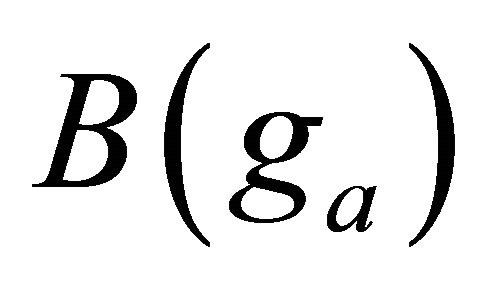 is the benefit supplied by the altruist. It is further assumed that
is the benefit supplied by the altruist. It is further assumed that  respectively. The recipient’s budget constant is thus given by
respectively. The recipient’s budget constant is thus given by
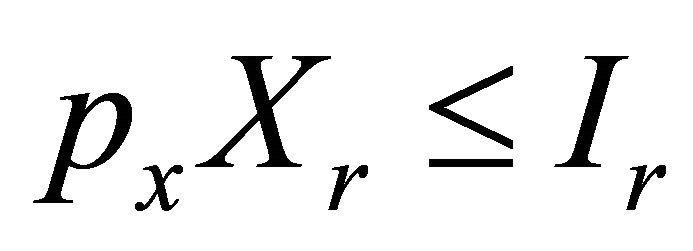 (2)
(2)
where  is the price of
is the price of  and
and 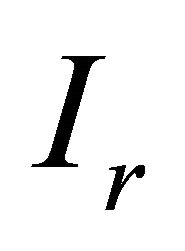 is the recipient’s income.
is the recipient’s income.
The altruist cares about both his or her own consumption as well as the recipient’s consumption. The altruist’s utility function  is thus given by (a denotes altruist)
is thus given by (a denotes altruist)
 (3)
(3)
Where  is the altruist’s consumption of composite goods and
is the altruist’s consumption of composite goods and 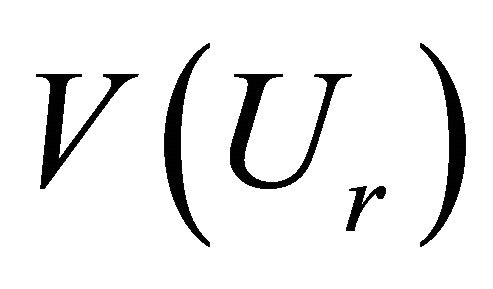 is the indirect utility, which is found by recognizing the recipient’s utility. The altruist’s budget constraint is given by
is the indirect utility, which is found by recognizing the recipient’s utility. The altruist’s budget constraint is given by
 (4)
(4)
where  is the cost of the altruist’s behavior and
is the cost of the altruist’s behavior and 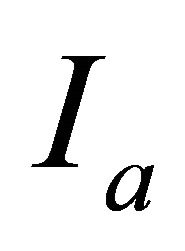 is the altruist’s income. It is thus assumed that
is the altruist’s income. It is thus assumed that  respectively.
respectively.
4.1. Without Risks
In this case, the first-order condition for maximizing utility with composite goods and altruistic behavior is
 (5)
(5)
This means that the altruist equals the weighted marginal utility of composite goods with the weighted marginal utility of altruistic behavior.
4.2. With Risks
4.2.1. No Liability for Altruistic Behavior
In this case, when the altruist injures the recipient, damage 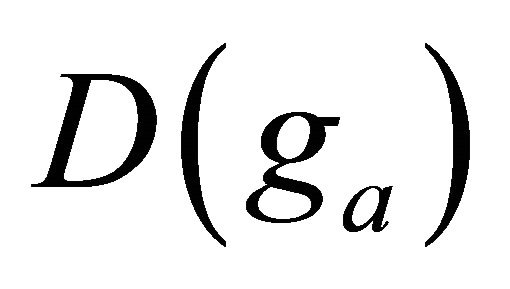 is borne by the recipient. This paper assumes that e represents the probability of the recipient benefitting from the actions of the altruist. The probability e is an exogenous variable and indicates the difficulty of altruistic behavior. In other words, the more e increases, the higher is the probability of supplying a benefit. The recipient’s expected utility function is thus given by
is borne by the recipient. This paper assumes that e represents the probability of the recipient benefitting from the actions of the altruist. The probability e is an exogenous variable and indicates the difficulty of altruistic behavior. In other words, the more e increases, the higher is the probability of supplying a benefit. The recipient’s expected utility function is thus given by
 (6)
(6)
Substituting Equation (5) into (3), we obtain the following
 (7)
(7)

In this case, the first-order condition for maximizing utility with composite goods and altruistic behavior is
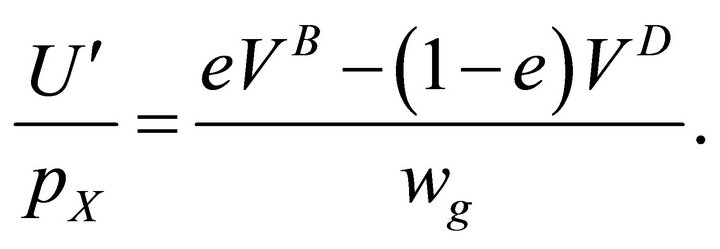 (8)
(8)
We can thus depict Figure 1; VB and VD are defined below.
In Figure 1, MUx means  and MUg means
and MUg means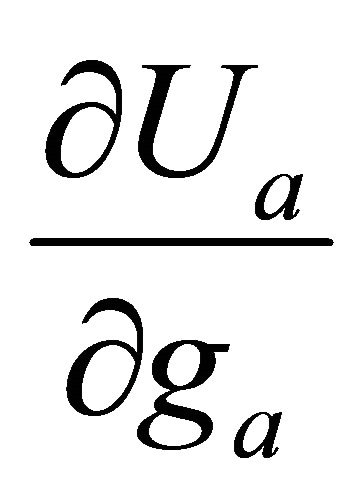 .
.
The figure shows that the level of altruistic behavior declines 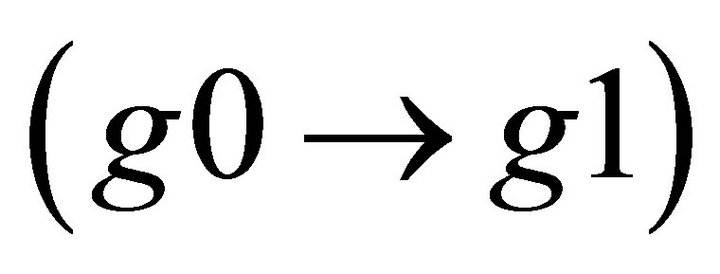 under risk rather than under certainty. If VB = VD, then the probability e, at least, must meet
under risk rather than under certainty. If VB = VD, then the probability e, at least, must meet  4.
4.
4.2.2. Strict Liability for Altruistic Behavior
In this case, if the altruist injures the recipient, the damage is borne by the altruist through insurance, which is supplied in a perfectly competitive market. The recipient’s utility function is thus given by
 (9)
(9)
The altruist’s utility function and budget constraint are given by
 (10)
(10)
The first-order condition for maximizing utility with composite goods and altruistic behavior is
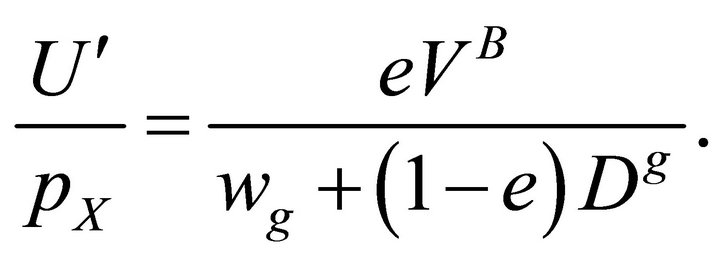 (11)
(11)
From Equations (8) and (11), we can find the function of e, which is depicted in Figures 2-10. These figures allow us to analyze whether the strict liability rule or no liability rule provides greater incentive for altruistic behavior. Since the altruist acts to equalize the marginal utility between altruistic behavior with risk and the consumption of composite goods, we can illustrate nine patterns depending on VB and VD. These figures suggest that the strict liability rule promotes altruistic behavior with a low degree of probability. In other words, if the probability of supplying benefits is low, then the strict liability rule encourages altruistic behavior.
These figures show that real altruists prefer the strict liability rule to the no liability rule in eight of 11 patterns (i.e., 73%), whereas altruists prefer the no liability rule only in one pattern. However, even in this pattern, when the probability of success is low, the altruist prefers the strict liability rule. In other words, if politicians were

Figure 1. Changing the recipient’s marginal utility for composite goods and altruistic behavior.

Figure 2. Under VB > VD.

Figure 3. Under VB > VD.

Figure 4. Under VB > VD.
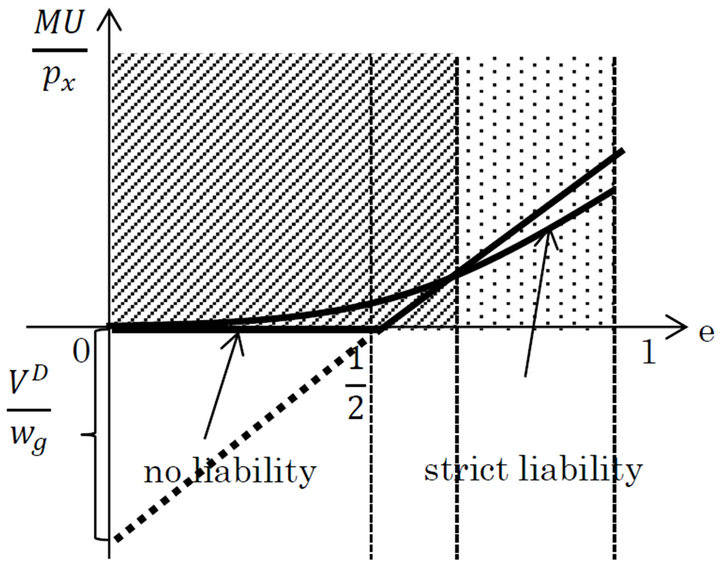
Figure 5. Under VB > VD.

Figure 6. Under VB > VD.

Figure 7. Under VB > VD.
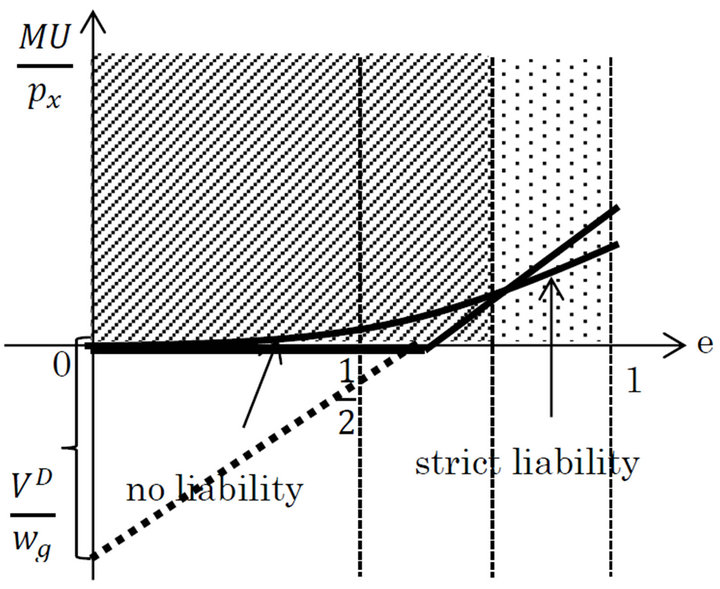
Figure 8. Under VB > VD.
altruists, they would prefer the strict liability rule.
5. Implications and Concluding Remarks
Not all policies benefit their intended targets even though
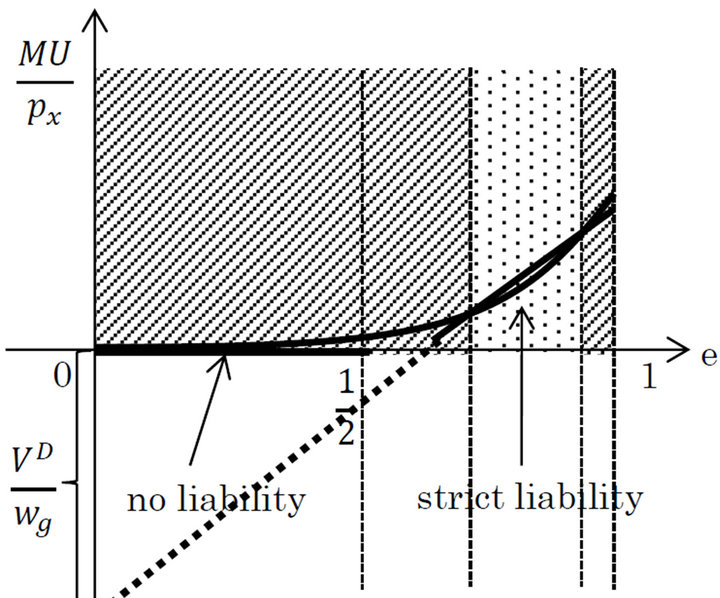
Figure 9. Under VB > VD.

Figure 10. Under VB > VD.
they are motivated by political altruism (ex. infant death by vaccination for reducing infant mortality, inefficiency by land-use zoning for encouraging the efficient use of land, and so on.). The presented findings suggest that even if the electorate recognizes that certain policies were mistakenly implemented, politicians would not bear personal damage. In this situation, they may be defeated in the next election, but they would not bear the damage themselves. In other words, the no liability rule does not restrain a politician’s behavior and overlooks irresponsible activity. This lack of restraint on policymaking would occur regardless of whether politicians use altruism as a means to pushing themselves forward. Most significantly, we cannot anticipate politics by altruists under the no liability rule. According to the presented results, under the no liability rule, even if we hope politicians are altruists, altruism abstains from participation in politics.
While we acknowledge that the concept of altruism is necessary, we should not accept it without reservations. If we desire a realization of politics based on altruism, paradoxically, we must become stricter on the use of altruism.
6. Acknowledgements
I thank the useful comments by anonymous referee, Kazuyoshi Kurokawa (Hosei University), Susumu Nagai (Hosei University), Hayato Nagase (Mitsui Fudosan), and all members of Kurokawa seminar.
REFERENCES
- G. S. Becker, “A Theory of Social Interactions,” Journal of Political Economy, Vol. 82, No. 6, 1974, pp. 1063- 1093. doi:10.1086/260265
- J. M. Buchanan, “In Defense of Caveat Emptor,” University of Chicago Law Review, Vol. 38, No. 1, 1970, pp. 64- 73. doi:10.2307/1598958
- J. M. Buchanan, “Altruism, Morality, and Economic Theory,” Russell Sage Foundation, New York, 1975.
- S. Harnay and A. Marciano, “Should I Help My Neighbor? Self-Interest, Altruism and Economic Analyses of Rescue Laws,” European Journal of Law and Economics, Vol. 28, No. 2, 2009, pp. 103-131. doi:10.1007/s10657-009-9095-9
- J. M. Buchanan, “Essays on the Political Economy,” University of Hawaii Press, Honolulu, 1989.
- J. P. Brown, “Toward an Economic Theory of Liability,” Journal of Legal Studies, Vol. 2, No. 2, 1973, p. 323. doi:10.1086/467501
- K. Hamada, “Liability Rules and Income Distribution in Product Liability,” American Economic Review, Vol. 66, No. 1, 1976. pp. 228-234.
- K. Tanaka, “The Coase Theorem in Product Liability: Buchanan’s Case,” Sophia Economic Review, Vol. 45, No. 1-2, 2003, pp. 149-152.
- M. C. W. Janssen and E. Mendys-Kamphorst, “The Price of a Price: On the Crowding out and in of Social Norms,” Journal of Economic Behavior and Organization, Vol. 55, No. 3, 2004. pp. 377-395. doi:10.1016/j.jebo.2002.11.004
NOTES
1We consider that each is rational.
2If the elasticity of the consumer is less than that of the producer, the former bears more costs than does the latter.
3In this paper, we rephrase “egoist” as “hypocrite.”
4This is because the right-hand side of (7), 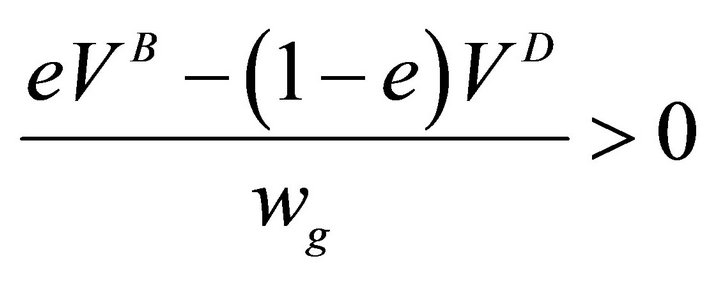 , must be larger than 0. Solving
, must be larger than 0. Solving  for e yields the above condition,
for e yields the above condition,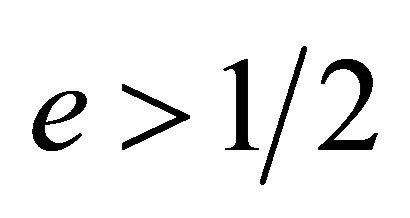 .
.

